-
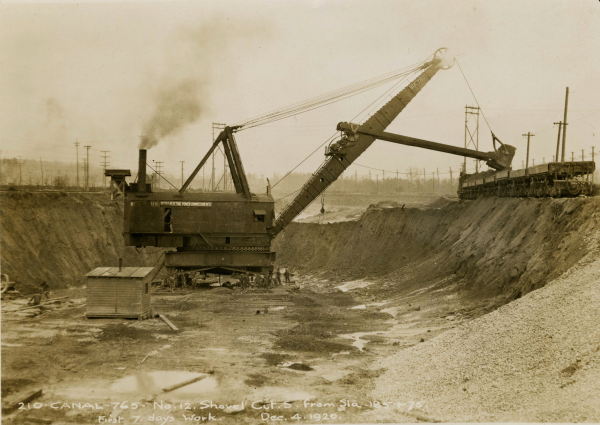
Hydroelectric power development profoundly altered the Niagara region at the turn of the century, creating thousands of jobs, attracting new industries to the area while improving its economic, political, and social development. By 1901 it was announced that work had finally begun on the first major hydro project on the Canadian side of the river by the Canadian Niagara Power Company, and by 1903, there were three major hydro developments under construction.
Although the engineering genius and unbelievable scale of these projects were heard around the world, the workers who built them and the considerable human cost of these developments have long been forgotten. From alienation to racism to unavoidable sacrifice for the sake of progress, foreign workers of these power developments paid the highest price for Niagara’s industrial, economic, and social success.
-

A brief video about how Niagara's agricultural sector has maintained, changed, and progressed since 1969.
-

A brief video about the importance of the continued development of hydro-electric power in the Niagara area since 1969.
-

A brief video about the volatility and growth of manufacturing in the Niagara area since 1969.
-

People have been visiting Niagara for thousands of years. This is a brief video about tourism in Niagara since 1969.
-

A brief video about the importance of the Welland Canal and marine transportation to the Niagara area since 1969.
-
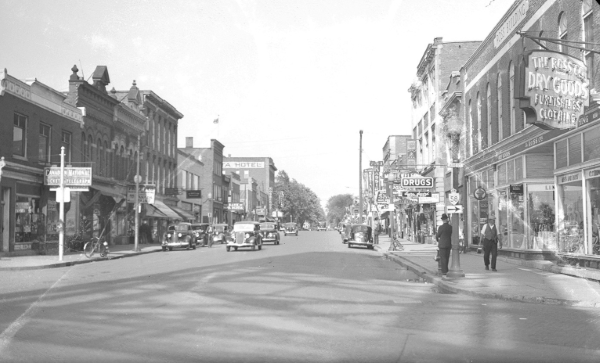
The establishment of a community at Welland began in 1788, when United Empire Loyalists settled along the banks of the Welland River, focused on agricultural production and export. Incorporated as a village in 1858, and renamed Welland, early industrial and marine establishments include Matthew Beatty & Sons, which began in 1862 and expanded its workforce of 12 in 1871, to 200 by 1907. These businesses contributed to the village’s growth and reputation. The rise of railway developments in the 1850s, led to several lines constructed across Welland between 1853 and 1883, positioning the canal community with crucial transportation links, to expand its commercial networks. Welland’s expansion slowed after regional amalgamation in 1970, while deindustrialization precipitated by the introduction of free trade in the late-1980s.
Despite these setbacks, Niagara’s canal communities have, during periods of recession and decline, found new directions to spur development and transition brownfield sites for new enterprises. These cooperative efforts ensure Welland continues to be well-positioned “where rails and water meet.”
-
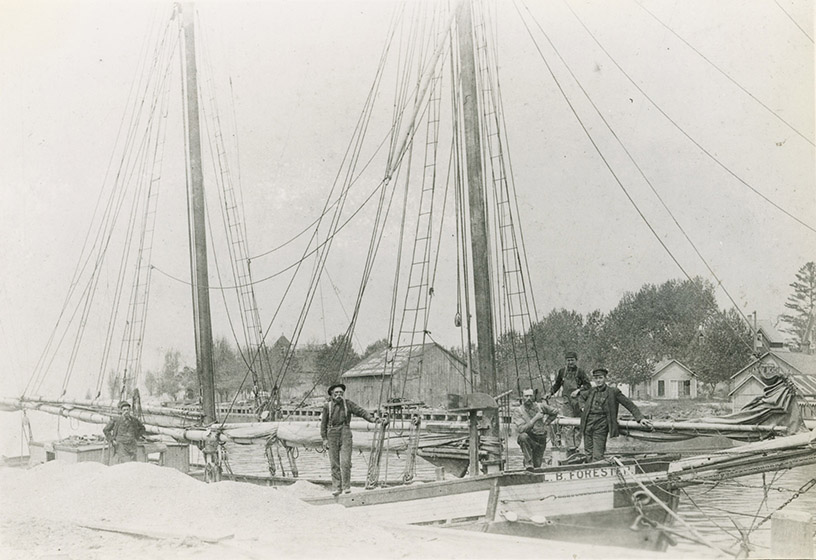
The Welland Canal, connecting Lake Ontario with Lake Erie and the upper lakes trade, would set forth a particular challenge for shipbuilders due to its limiting lock dimensions. They would need to develop watercraft that could navigate the shoal waters with freight, especially bulk commodities such as iron ore, wheat, and timber while remaining efficient and seaworthy. These considerations led to the invention of the first commercial Great Lakes ship type: Welland Canallers.
-
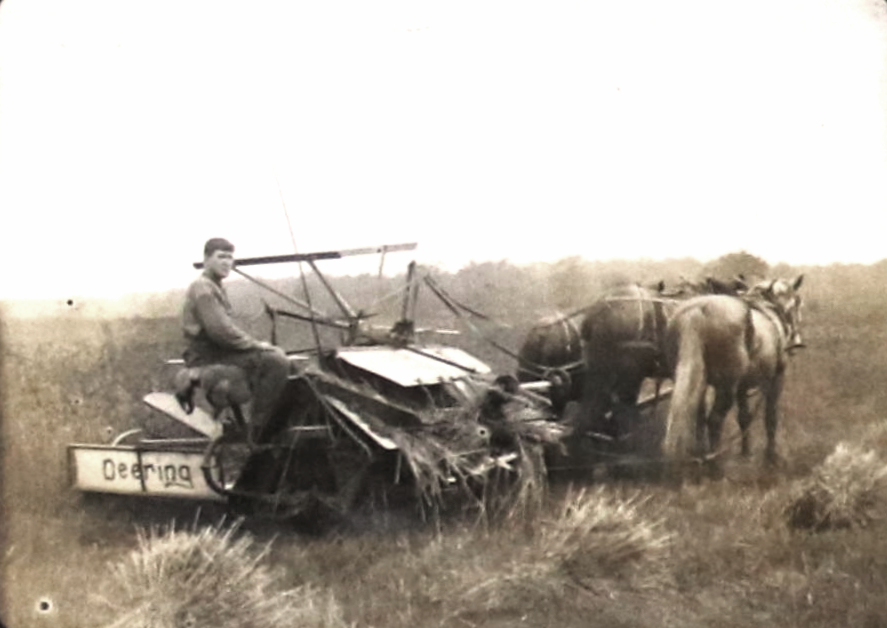
A farmer in Wainfleet, Ontario - RG 797
-
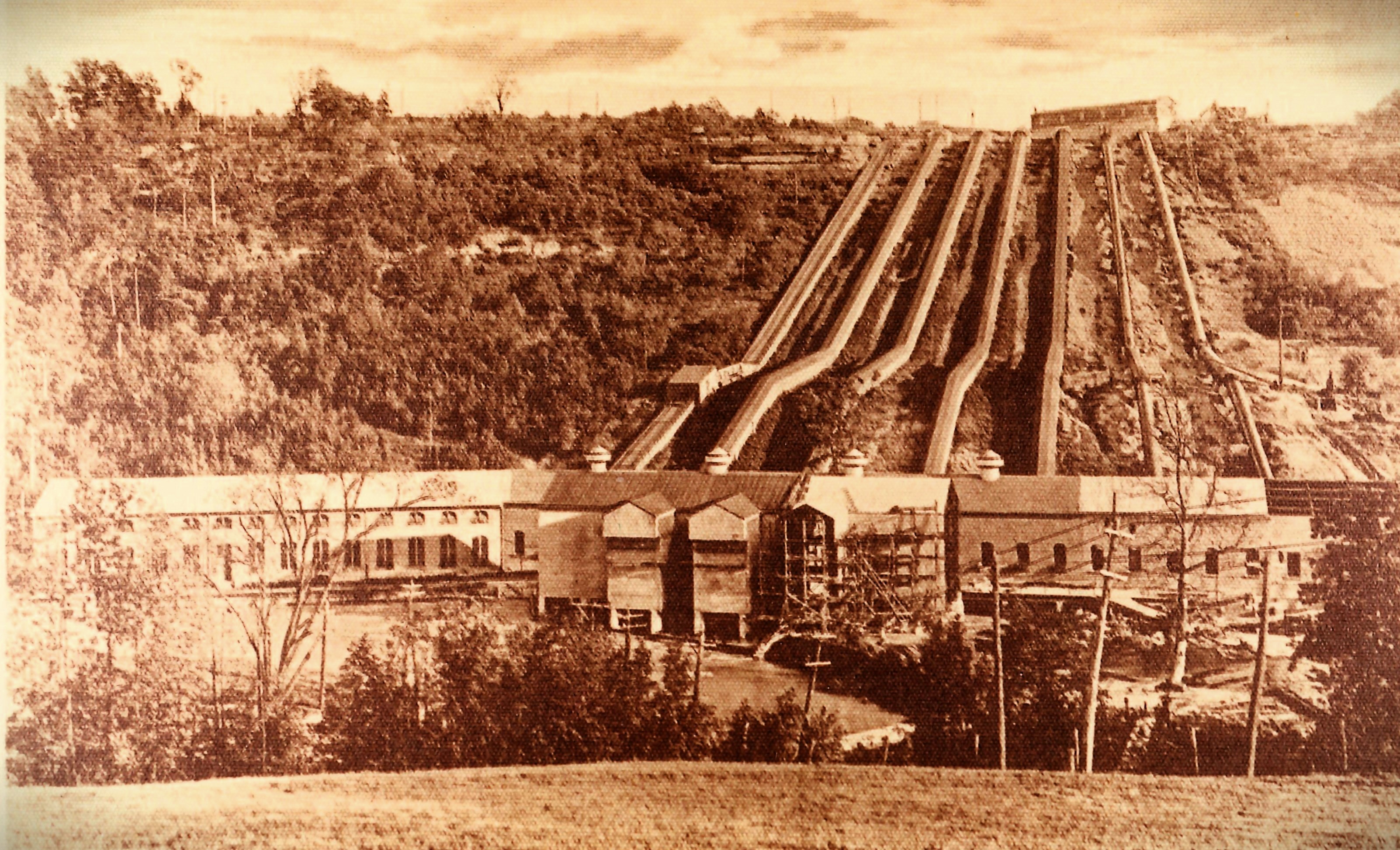
Lincoln Electric Power Plant in St. Catharines which later became the Decew Falls Generating Station.
-
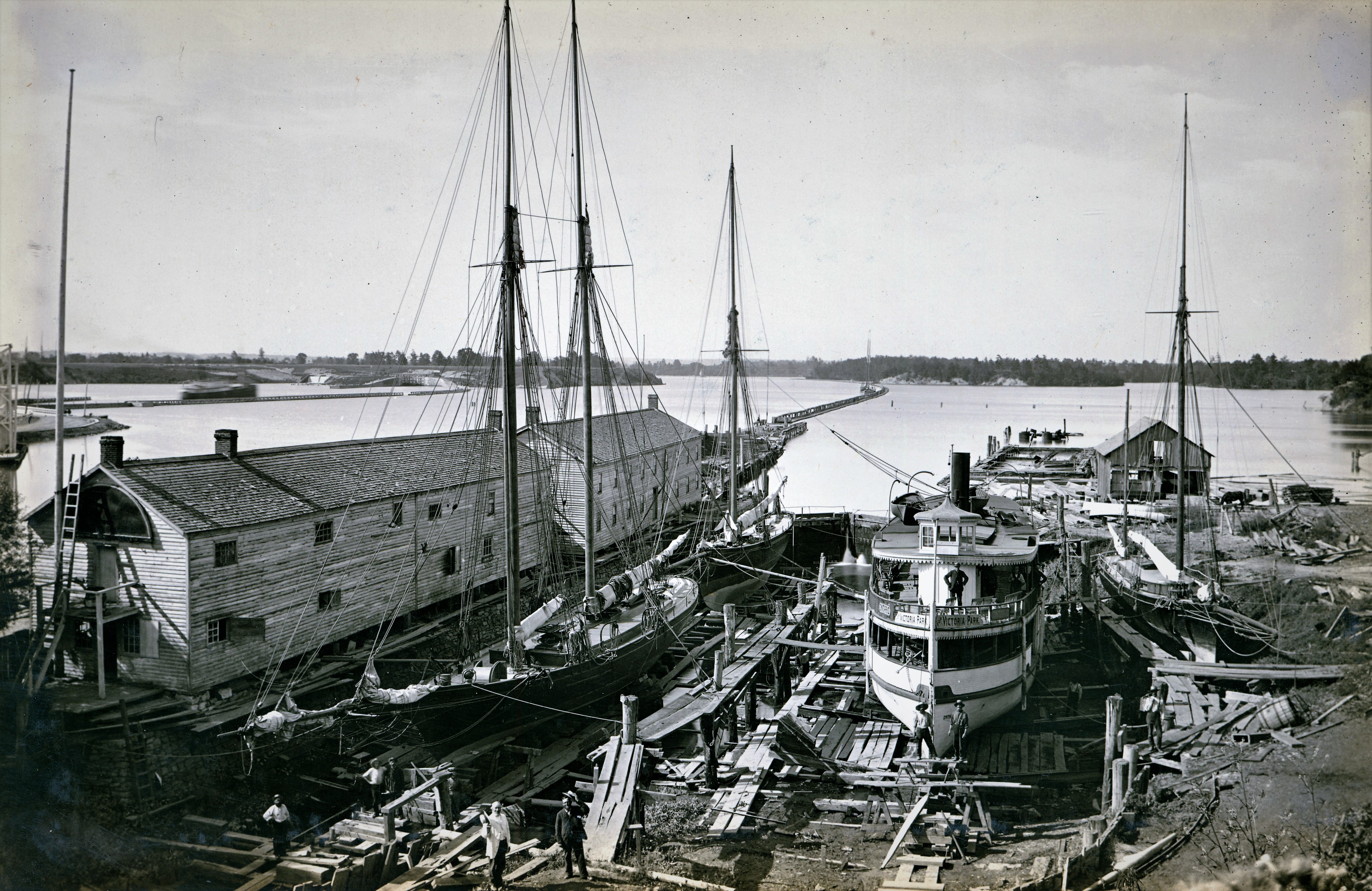
Muir Dry Docks in Port Dalhousie c.1870.
-
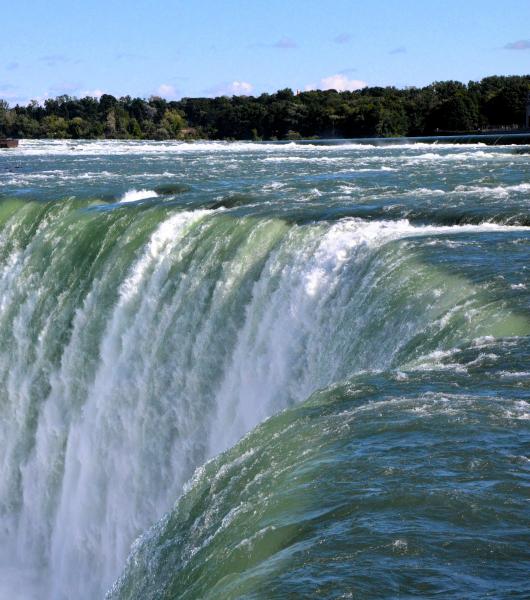
The Horseshoe Fall, part of Niagara Falls (Ontario, Canada)
-

A map of the Niagara Frontier from "Travels in Canada and the United States in 1816 and 1817" by Lieutenant Francis Hall, 14th Light Dragoons, dated May 20, 1818. It depicts the Niagara Peninsula with communities, roads, creeks, and some topography features. The map was published by Longman, Hurst, Rees, Orme, & Brown and engraved by Sidney Hall. Colour has been added to some portions of the map.
-

As a result of the Regional Municipality Act of Niagara, Lincoln County and Welland County were merged on Jan. 1, 1970, into the Regional Municipality of Niagara. This Act also merged their 26 subsidiary units into 12 local municipalities: Fort Erie, Grimsby, Lincoln, Niagara Falls, Niagara-on-the-Lake, Pelham, Port Colborne, St. Catharines, Thorold, Wainfleet, Welland, and West Lincoln. These brand-new municipal boundaries were incorporated into Statistics Canada’s enumeration for the 1971 Census of Canada. This paper is a geodemographic analysis of the eleven census years between 1971 and 2021.
-

As a result of the Regional Municipality Act of Niagara, Lincoln County and Welland County were merged on Jan. 1, 1970, into the Regional Municipality of Niagara. This Act also merged their 26 subsidiary units into 12 local municipalities: Fort Erie, Grimsby, Lincoln, Niagara Falls, Niagara-on-the-Lake, Pelham, Port Colborne, St. Catharines, Thorold, Wainfleet, Welland, and West Lincoln. These brand-new municipal boundaries were incorporated into Statistics Canada’s enumeration for the 1971 Census of Canada. This paper describes Niagara’s trend for its total population during that time and is meant to thoroughly identify patterns through multiple, similar, graphs.
-

There is a rich body of literature attesting to the importance of regions and cities as critical threads within the wider fabric of a nation’s economy and global competitiveness. The history of economic growth and development of large cities and regions worldwide is well documented. However, midsized regions are often overlooked in the extant literature.
This project rests on the central premise that our current understanding of economic development trends in midsized regions like Niagara and insight into the underlying forces that shape their economic resilience, adaptability, growth and development is still inadequate. Yet these midsized regions have emerged over the past few decades as dynamic centres exhibiting the most potential for adaptive and nimble economic reinvention in an age of breakneck industrial restructuring. This project sheds light on trends and transformations in Niagara from the early 1800s to the present day against the backdrop of global tectonic shifts in technologies, markets, human migration and ideas.
-

This paper reports on employment in selected industries in Niagara from 1991 to 20211. The industries are part of six sectors: agribusiness, manufacturing, marine transportation, electricity generation, transmission, and distribution, tourism, and information and communications technology.
Simple headcounts of the number of people employed in the establishments within each industry are reported, along with some disaggregation by gender, the percentage of self-employed, and the industry’s share of total employment in Niagara. The headcounts are rounded to multiples of five and withheld if there are fewer than 10 to ensure confidentiality. The employment data are compiled from the long-form census samples collected every five years and reported on the Statistics Canada website.
-

This paper reports employment numbers and location quotients (relative to Ontario) in selected industries in Niagara, 1971–2021.
In general, the industries considered are part of, or associated with, five broad sectors in Niagara: agribusiness, manufacturing, marine transportation, electricity generation, transmission, and distribution, and tourism. The data are taken from a dataset purchased from Statistics Canada and constructed from the long-form census samples.
-
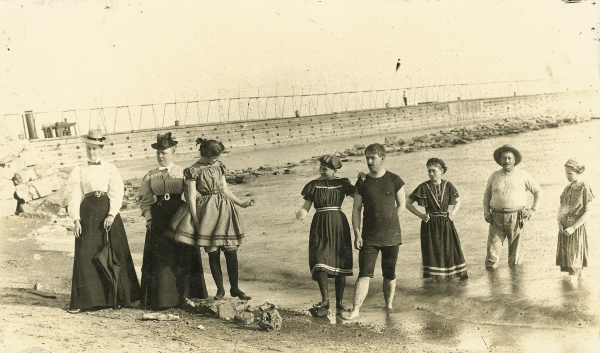
Tourism is a key sector in Niagara’s economic policy today and the region’s development as a world-class destination dates to the 1800s. Tourist attractions include physical wonders like Niagara Falls, feats of engineering like the Welland Canal and hydroelectric generating stations, agrifood tourism associated with Niagara’s wine and tender-fruit industries, and historical attractions such as the military forts.
The Niagara tourism sector has also been purposefully nurtured with the establishment of cultural attractions such as the Shaw Festival, sports events like the annual Henley Regatta, and nature tourism along the Bruce Trail which traverses the Niagara Escarpment and its conservation areas. All these sights and more draw more than 13 million visitors each year to the region, thus requiring transportation infrastructure and accommodation. At the same time, these attractions provide jobs and income to people and businesses in the region.
This paper will focus on three significant aspects of Niagara’s tourist industry from its earliest days until 1969: transportation, accommodation, and attractions. Each category will explore important developments and highlight how the tourist industry changed over time.
-
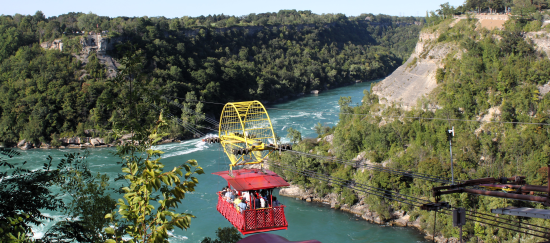
There are many reasons to visit the Niagara region, though Niagara Falls has undoubtedly been its showcase for centuries. However, Niagara Falls is not the only reason to visit the region. The area is also home to several historic sites, owing to its position along traditional trade routes and the Canada-United States border. More recent initiatives, such as a “Living Museum Tour” in Niagara Falls, highlight the history of Indigenous peoples across Niagara. Visitors to Niagara can also tour remnants of the early Welland Canal system or observe the ongoing operation of the current canal. Other sites showcase the evolution of hydroelectric power generation in Ontario or Niagara’s place in the Underground Railway. Niagara’s micro-climate has also nurtured an agriculture that features tender fruits, leading to a wine industry that now draws tourists from around the world.
Despite the many reasons for visiting Niagara, the region’s prominence as a tourist destination was not inevitable. Instead, tourism in Niagara has been crafted by a determined effort to capitalize, protect, and improve upon the natural and historic significance of the region itself.
This paper explores the growth of the tourism industry in Niagara and its role in economic development policy post-1969, which is the year the Regional Municipality of Niagara was officially incorporated as a two-tier municipality in the Province of Ontario. This paper explores the policies that have supported or constrained the tourism industry during this time, as well as the opportunities and challenges that exist for Niagara’s tourism sector today.
-
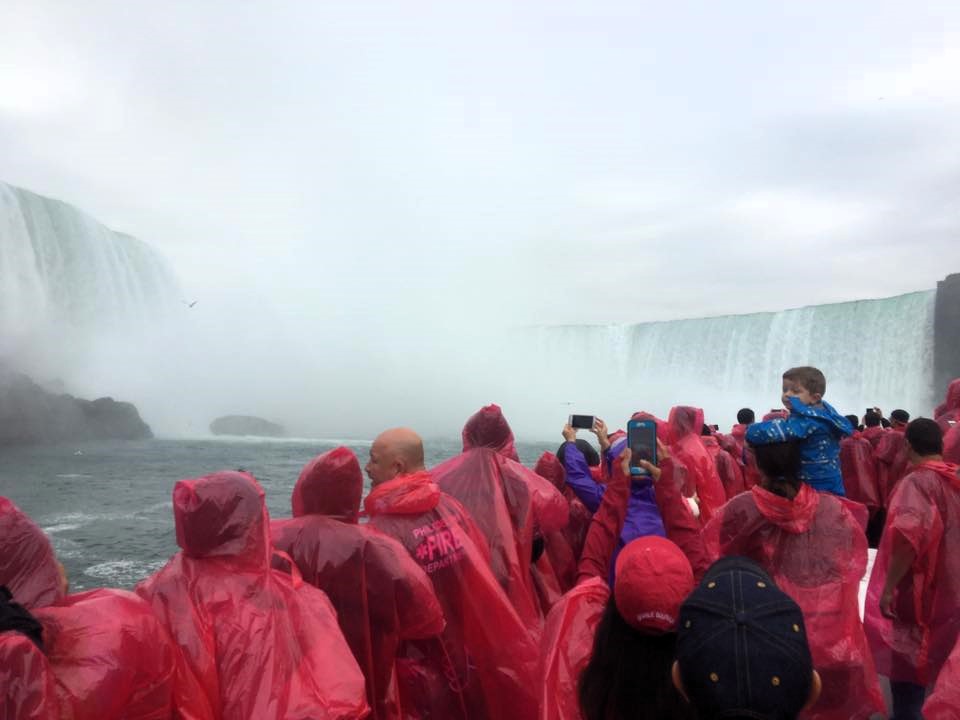
The United Nations World Tourism Organization (UNWTO) defines tourism as “a social, cultural and economic phenomenon which entails the movement of people to countries or places outside their usual environment for personal or business/professional purposes. These people are called visitors (which may be either tourists or excursionists; residents or non-residents) and tourism has to do with their activities, some of which involve tourism expenditure.” Tourism in this regard, the agency notes, is not just limited to holiday activity, but more broadly, people travelling to and staying in places outside their usual environment for not more than one consecutive year for leisure and not less than 24 hours for business and other purposes. It also involves both domestic (within the traveller’s own country) and international. The activities that constitute tourism are primarily a composite of cultural industries with facilities, services, and products geared towards visitors.
In this section, we examine changes in Niagara’s tourism sector, comparing job trends in the region with those of the province of Ontario and Canada as a whole. The analysis covers both North American Industry Classification System (NAICS) and National Occupation Classification (NOC) data, examining changes in jobs by industry (number of jobs overall) and occupation (types of jobs). The discussion begins with NAICS data on industry trends and then proceeds to the NOC data on changes in occupation.
-
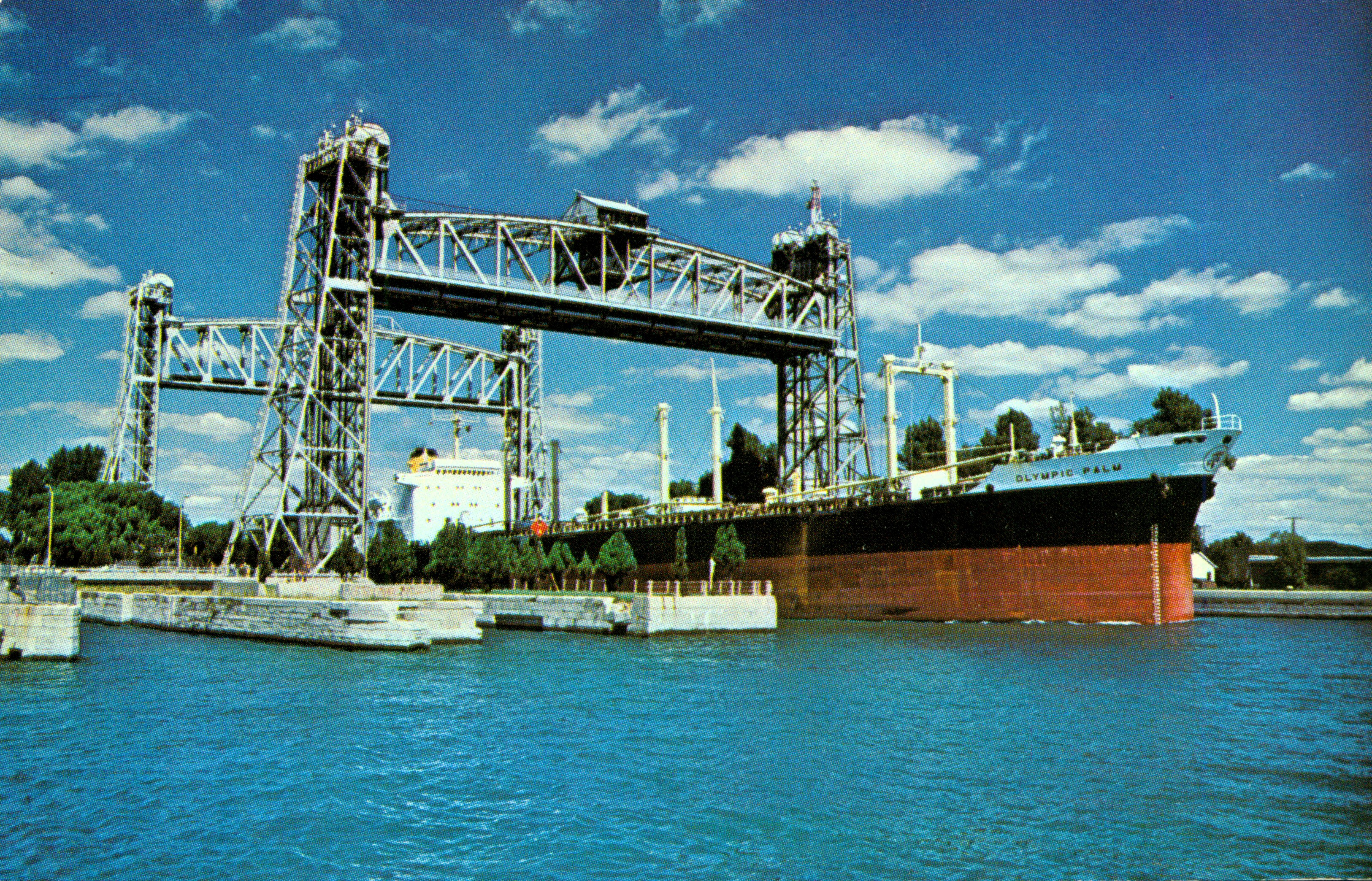
In this working paper, we tell the store of marine transportation in Niagara, from its incorporation as a regional municipality in 1969 to present day. We take stock of recent developments in marine transportation in Canada, and the implications of these developments for Niagara’s marine transportation sector. Once key to the emergence of Niagara as a corridor for trade and commerce, marine transportation continues to provide opportunity for innovation and economic development. This is especially true given emerging concerns around supply chain efficiency, sustainability, and resiliency in Canada. The legacy of the old canal is finding new life, as well, as local municipalities leverage historic sites to create new tourist initiatives across the region.
-
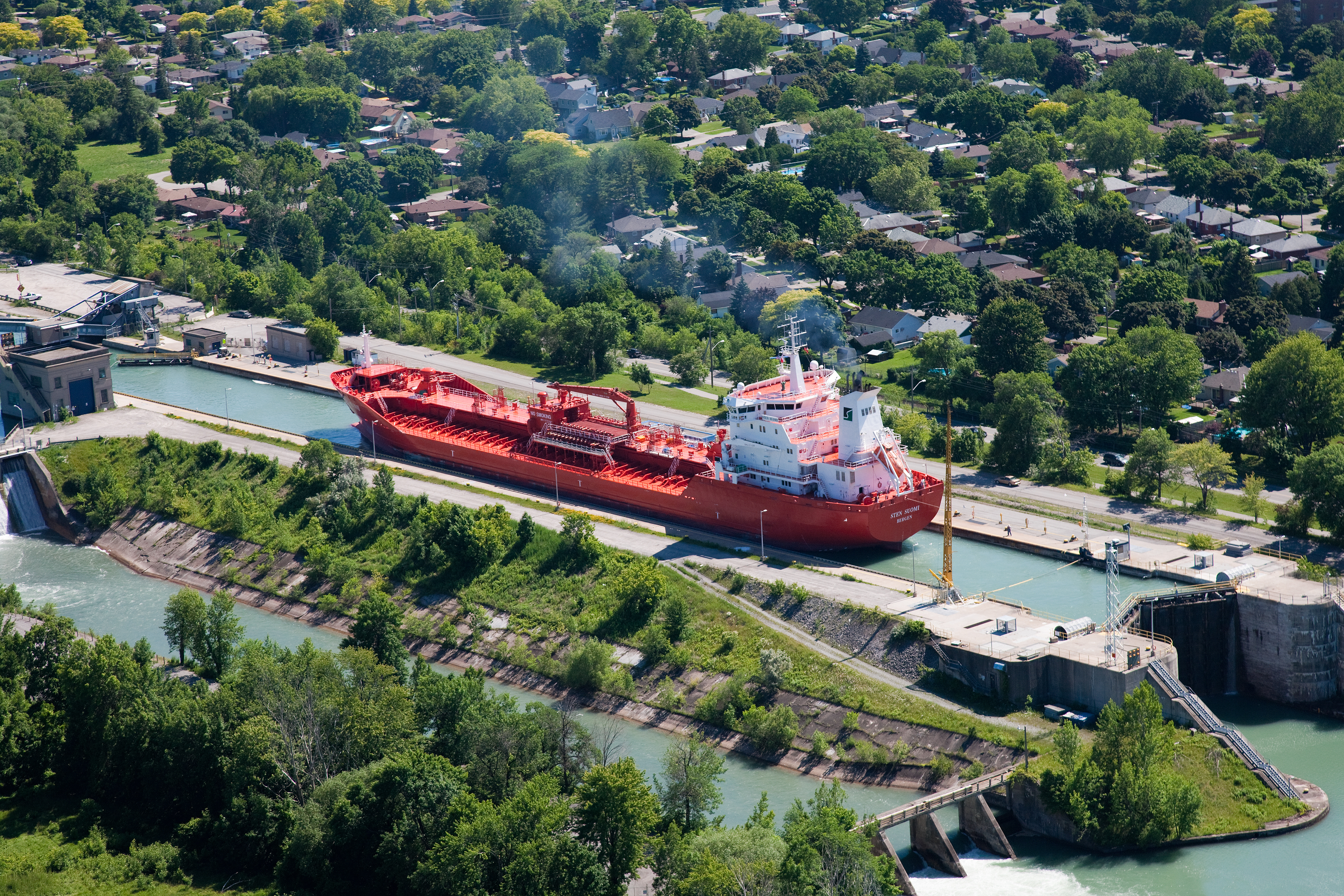
Marine commerce refers to waterborne systems for transporting goods (cargo) and people (passengers) via waterways. Such systems could include boats, ships, sailboats or barges, and the waterways can involve oceans, lakes, canals and rivers. While the various means of marine transportation can be deployed for commercial, recreational, or military purposes, our focus in this study is on commercial uses.
Marine commerce is etched in the contours of Niagara’s geography, much like hydroelectricity, which is discussed in another paper in this series. It is also deeply rooted in the region’s cultural and economic history and has served as a vital support system facilitating the early settlement and socioeconomic prosperity of the region. Beyond its historical and cultural significance, the sector enhances the strategic significance of Niagara as a multimodal gateway between Canada and the United States. More importantly, for our present purpose, marine commerce still constitutes one of Niagara’s central economic drivers.
In this section, we examine changes in Niagara’s marine commerce sector, comparing trends in the region with those of the province of Ontario and Canada as a whole. The analysis covers both North American Industry Classification System (NAICS) and National Occupation Classification (NOC) data, examining changes in jobs by industry and occupation. The discussion starts with NAICS data on industry trends and then proceeds to the NOC data on changes in occupation.
-
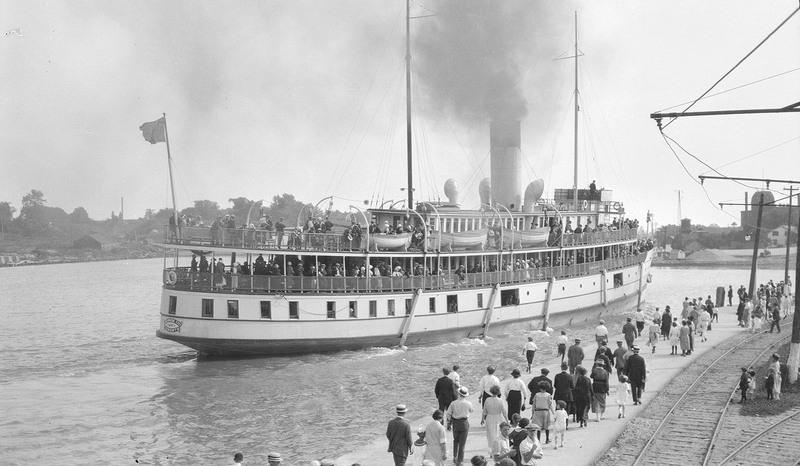
Marine transportation has transformed the Niagara region and remains a vital component of economic development. It laid the foundations for commerce, settlement, and expansion of the region, and it continues to be a conduit for change, renewal, and advancement. Canalization and other marine infrastructure have improved navigation while facilitating transportation networks that remain crucial to regional, national, and international supply chains. In addition to significant achievements in shipping and canal infrastructure, Niagara has also been a strategic centre for boatbuilding, shipbuilding, and repair. Contributing to and supporting commercial and recreational watercraft through its evolving shipyards, dry docks, and associated facilities.
Toward understanding the foundations that paved the way to modern developments, this paper will explore the historic character of marine transportation in Niagara. Through demonstrating how these early developments led to current trends, it examines factors that shaped the region’s waterborne developments and which continue to inspire manufacturing and shipping operations. Marine transportation spurred growth in boat and shipbuilding, creating demand for labour and skilled employment across the region. Through initial developments on the Niagara River, and later along the Welland Canal, productivity and competitiveness in the marine sector have remained at the core of Niagara’s economic development for over 200 years.
-

Niagara’s manufacturing sector dates back to the 1800s when the Niagara River made the region a hotbed for the development of hydropower and early industry. A century later, the advent of hydroelectric power generation accelerated this industrialization, as energy-intensive manufacturers moved to Niagara to capitalize on the cheap electricity offered by local generating companies. These early technical advances were bolstered by other locational strengths, such as proximity to the Canada-United States border and access to international markets via the Welland Canal.
This paper explores the history of manufacturing in Niagara. It focuses on the evolution of the sector post-1969, which was the year that the Regional Municipality of Niagara (Niagara Region) was incorporated. This paper pays particular attention to the last 20 years of manufacturing in the region, and the opportunities and barriers facing Niagara’s manufacturing sector today.

























